Description
Red Wine: 1983 | Chteau du Tertre | Margaux (Double Magnum)
The light and the sunshine wich bathe the vines protect them from the late spring frosts. A stream provides natural drainage, separating the two gravels outcrops, and cools the vines, thus giving them the cooler temperatures vital for thier development, protecting them both from excess water and drought.
Order from the Largest & Most Trusted Premium Spirits Marketplace!
Featured in
- ROLLING STONE
- MEN’S JOURNAL
- US WEEKLY
NOTICE: Many other small liquor store sites may end up cancelling your order due to the high demand, unavailability or inaccurate inventory counts. We have partnerships consisting of a large network of licensed retailers from within the United States, Europe and across the world ensuring orders are fulfilled.
Producer: Chteau du Tertre
Vintage: 1983
Size: 3L
ABV: 13.5%
Varietal: Bordeaux Blend Red
Country/Region: France, Bordeaux
The light and the sunshine wich bathe the vines protect them from the late spring frosts. A stream provides natural drainage, separating the two gravels outcrops, and cools the vines, thus giving them the cooler temperatures vital for thier development, protecting them both from excess water and drought.
Producer Information
Chteau du Tertre is an estate located in Margaux in the “Left-Bank” Mdoc region of northern Bordeaux, France. The chteau was classified as a fifth growth in the 1855 Classification of the Mdoc and Graves and its 52 hectares (128 acres) of vineyards have been unchanged ever since. Both the grand vin and second wines are made from a blend of predominantly Cabernet Sauvignon, with Merlot, Cabernet Franc and Petit Verdot playing second fiddle. It is one of the oldest properties in Bordeaux, dating back more than 1000 years. Chteau du Tertre sits on one of the highest geographical outcrops of the Mdoc. It takes its name from this mound “mound” being an English translation of “tertre”. Here the soils are mostly gravel, which allows for excellent drainage as well some stress on the roots on the vines as they are forced to dig deeper for more nutrients and minerals. This soil type is typical of the Mdoc, deposited by ancient glaciers that moved down the Atlantic coast and melted, leaving behind pebbles and gravelly soil. Tertre’s vineyards are partially biodynamic, with more to be converted in the future.


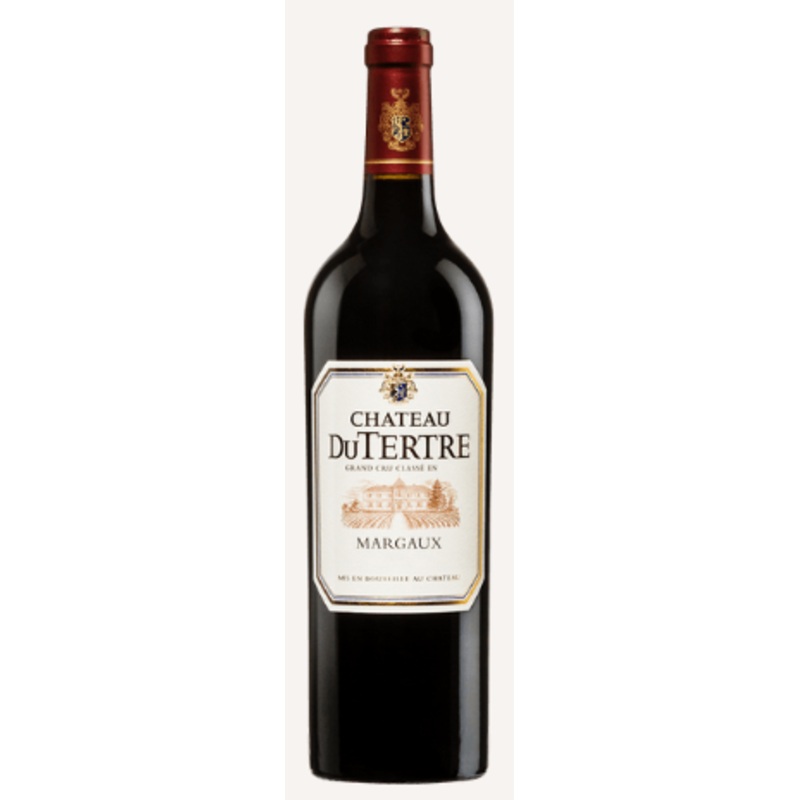
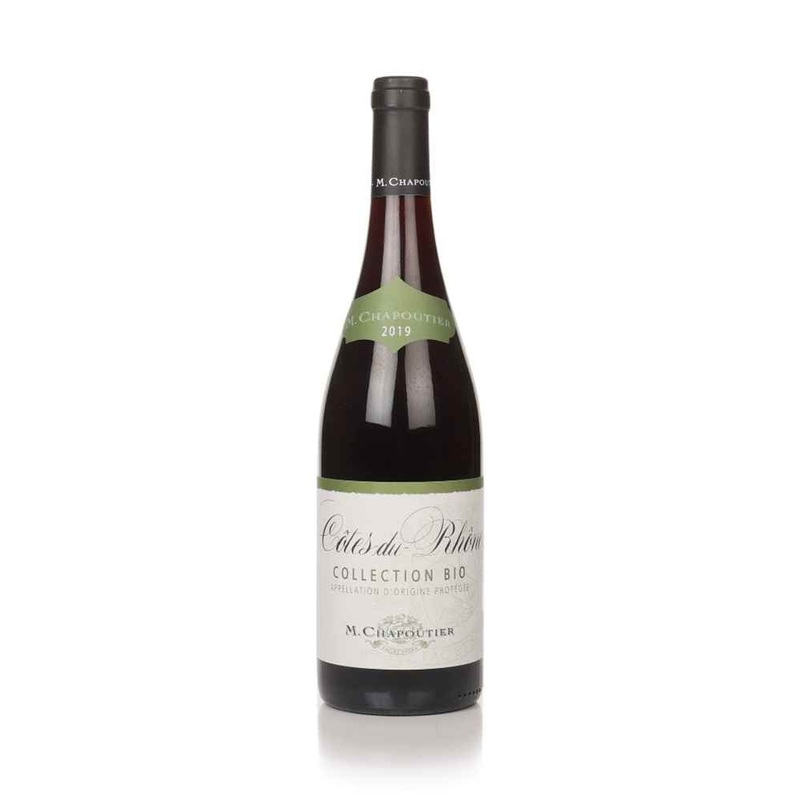
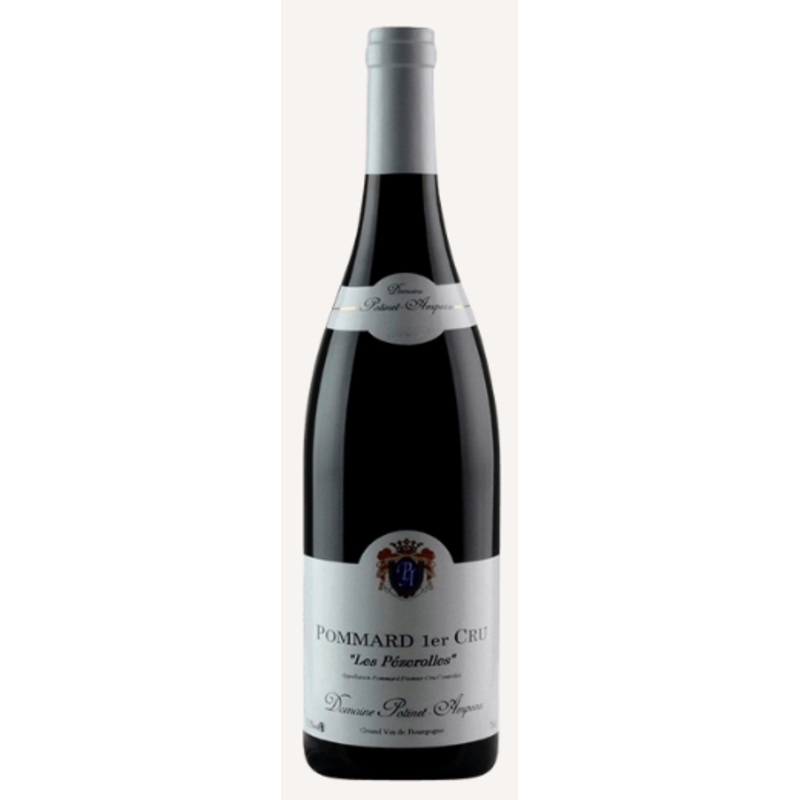
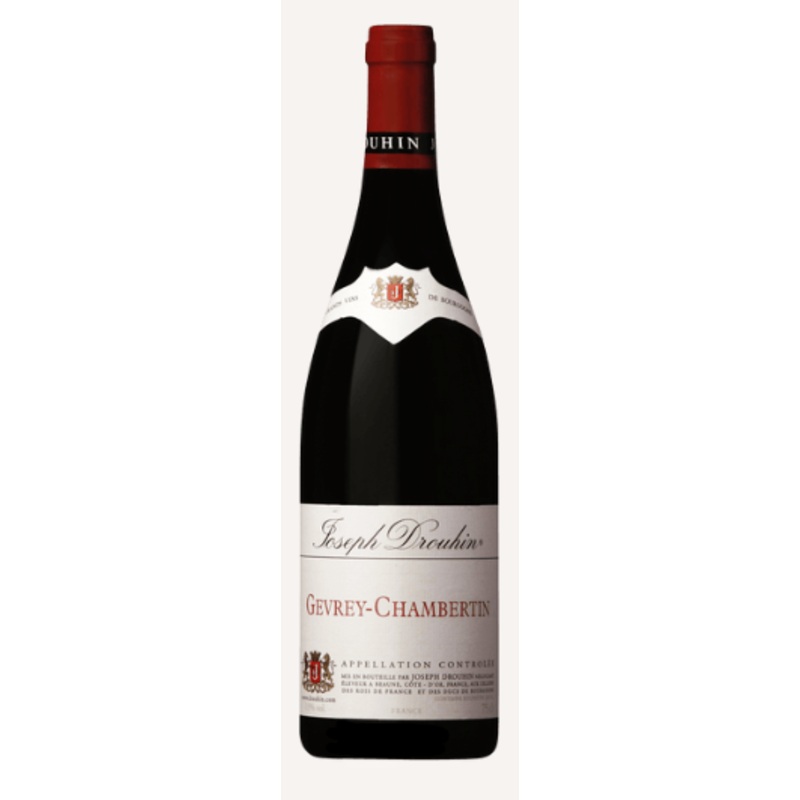
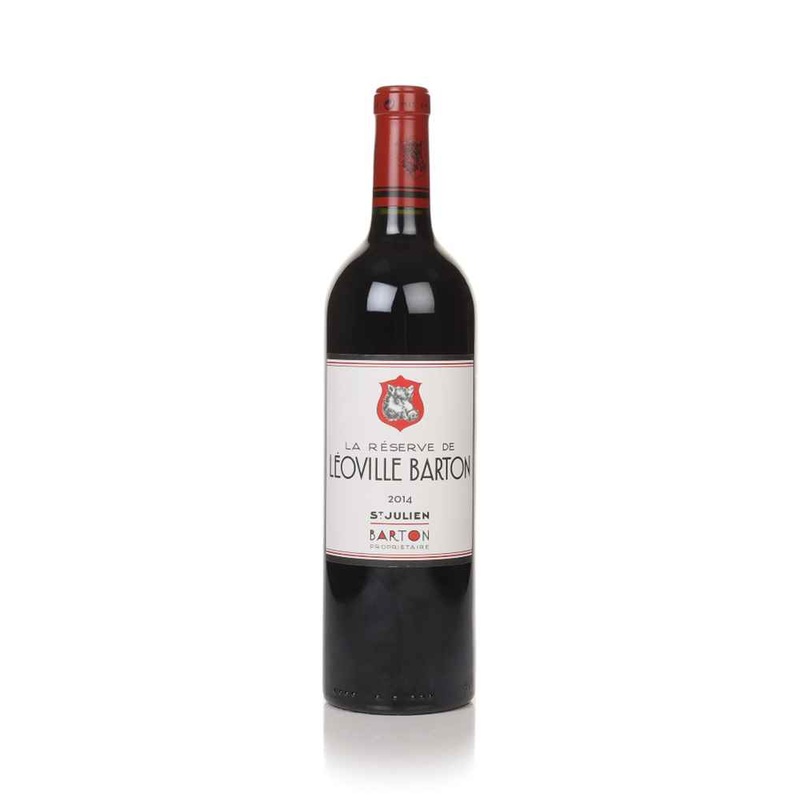
Reviews
There are no reviews yet.